The FDLR remains a major threat to Rwanda

In recent days, I received many questions from readers about the information I previously published regarding Congo, the ongoing negotiations between Rwanda and Congo, and the M23. At least five readers asked why I wrote that the FDLR was militarily much weaker five years ago than it is today, and how this organization is trying to survive the current storm hanging over eastern Congo. Over the past thirty years, my path has crossed several times with the descendants of the FAR (the former Rwandan army) and the Interahamwe (the old name of the FDLR, which committed many crimes during the 1994 Rwandan genocide against the Tutsi). I visited the FDLR multiple times in Congo before they started fighting against the M23. I spoke directly with some of their leaders and closely followed their movements. I also talked, together with Adeline Umutoni, with FDLR fighters captured by the M23, Rwandan villagers who have supported them through thick and thin over the years, staff from proxy organizations like Jambo ASBL in Brussels, Congolese officials and military officers working with them, as well as researchers and observers monitoring their activities in eastern Congo. And I have never hidden my disgust for their past crimes.
In recent years, my former colleague Adeline Umutoni and I conducted extensive research on their activities within Rwandan territory. We discovered harsh realities. We can only share our version of this story, and we cannot agree with writers like Jason Stearns, who claim that the FDLR no longer pose a threat to Rwanda. He also implies that the Kigali government mainly uses this argument to justify their current support for the M23. To write this article, Adeline and I once again teamed up. She took charge of researching the activities of the FDLR in Rwanda over the past six years. We also frequently visited the M23 zone before this group took over Goma. Both of us experienced the Rwandan genocide, albeit in different ways. So, this is also her story.

Anyone unwilling to properly inform themselves about the history of this extremist group should refrain from judging their strength or weakness today and should keep silent.
Background
To substantiate our findings, a deep dive into the past is necessary. I won’t go into much detail here since most of these facts have already been extensively covered in previous articles and in the publications of colleagues, including the origins of the 1994 genocide against the Tutsi and its aftermath in Congo involving various wars. For people like Adeline and myself, it’s a natural reflex to link the current FDLR to this past, because the same philosophy and motives still explain the group's activities today.
The ‘Force Democratiques pour la Liberation du Rwanda’ (FDLR) was formed in Rwandan refugee camps in Congo, composed mainly of Hutu extremists, after Paul Kagame’s rebel army installed a new government in Kigali. Radical groups like the MRND, other Rwandan extremists, officers from the FAR (‘Forces Armée Rwandaise’), and leaders of the ultra-extremist Interahamwe militias took the initiative to revitalize their bloody reputation. No one could deny they were fully responsible for the thousands of deaths during the 1994 genocide. At that time, I was in contact almost weekly with their leaders in camps around Bukavu and Goma, in Tanzania, and later in other camps like Tingi Tingi, near Kisangani. These camps teemed with foreign NGO personnel. So contacting the FDLR and extremist Hutu leaders became easy. They had tried to lynch me during the genocide but here in Congo they had to behave and they needed support to survive. It became more difficult after the Rwandan army and the AFDL (Alliance of Democratic Forces for the Liberation of Congo) pushed them out of the Kivus. Some fled to Congo-Brazzaville, others hid in the Congolese jungle or ended up in Zambia. In Congo-Brazzaville, they found work as mercenaries with militias like the Cobras and the Ninjas, fighting for power. When Laurent Kabila turned against Rwanda, he began integrating the FDLR into the Congolese army and sent them back to the Kivus. Had he not done so, Rwandan extremists might have been wiped out.
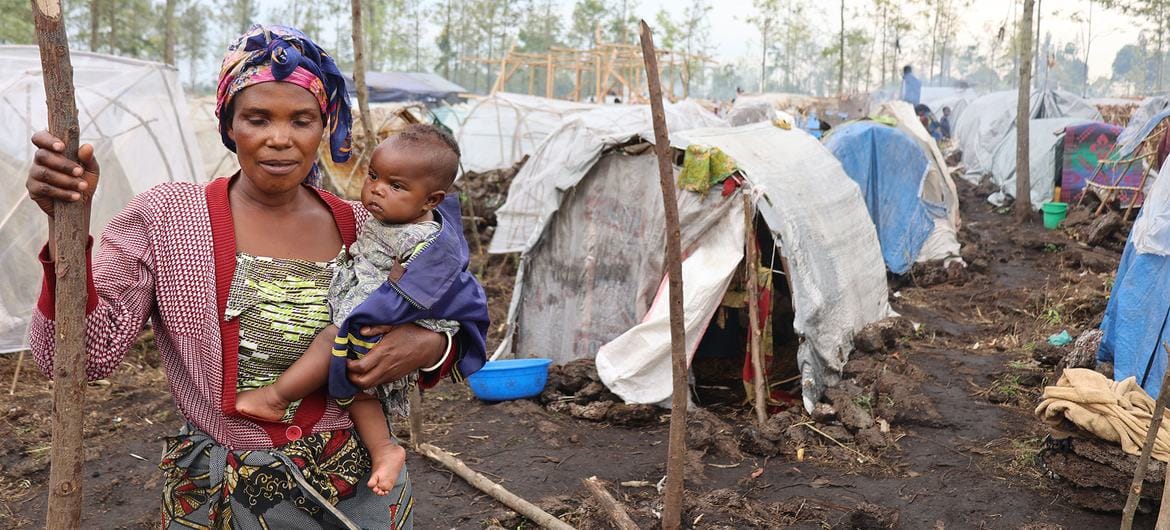
During those years, I noticed that the former Rwandan officials and extremists still relied on political and moral support from numerous Europeans, including Rika De Backer of the Christian Democratic International and Opus Dei—a conservative Catholic pressure group also linked to Presidents Habyarimana and Mobutu. These organizations’ initiatives were initially highlighted only by Belgium’s Flemish national television, where Peter Verlinden enjoyed political protection and could manipulate facts without opposition. Later, others jumped on this bandwagon. The average Belgian and French people had also lost interest in Africa. Most Belgian colonists had left, and missionaries were becoming an endangered species. This also reduced Belgian public involvement. The Catholic Church was also reeling from a heavy hangover because several priests and missionaries had encouraged the murders in 1994.
The ‘Domain’
The MRND, the most prominent and extremist Rwandan Hutu party responsible for the genocide, rebranded itself as the ‘Retour des Refugiés’ (RDR). Their military wing, formed by ex-FAR soldiers and Interahamwe, was now called the FDLR. This newly formed organization also operated in exile in Europe through proxy organizations like Jambo ASBL, mainly controlled by the children of genocidaires. They were aware they had to shed their murderous reputation. Hundreds of genocidaires fled to Europe, aiming to integrate as well as possible and lay low. During that period, a new strategy emerged: the so-called ‘double genocide’ theory, which aimed to also accuse Paul Kagame’s Patriotic Front of mass murders. Despite the propagandistic nature of these theories, they gained traction, especially in France and Belgium, because both countries had actively supported them before and during the genocide and also suffered from a heavy Rwanda hangover. On the ground, the ex-Interahamwe’s presence remained unchanged; they used their own refugees as new recruits and human shields, continued killing Tutsi, and forged alliances with Congolese officers for mutual benefit. They managed to establish large zones in the Kivus where they had free rein—growing their own vegetables to sell in Goma, mining minerals, and organizing their own army. Large parts of Masisi and nearly the entire region between Rwindi, the Uganda border, and Masisi became the new Hutu land. They also found support from local Congolese Hutus, whose parents and grandparents had been sent to Congo by Belgian colonizers to work on farms. The Kishishe and Bambo regions even earned the nickname ‘domaine,’ a huge vegetable garden where products were sold in major markets. Other FDLR factions monopolized the timber trade (makala’), controlled coltan and gold mines, and taxed passersby at will. This zone was almost inaccessible to outsiders. In Europe, they were represented by leaders like Victoire Ingabire. She returned to Rwanda intending to participate in elections, but her trip ended in prison. Kagame later pardoned her after pressure from European political parties, but she is now barred from politics. No one can deny that Ingabire remains part of the extremist Hutu lobby.

The FDLR continued to provide handouts and services to both the Kabila father and son—and now to Tshisekedi. This was largely because successive central governments in Kinshasa failed to maintain a disciplined army.
Genocide
I witnessed the Rwandan genocide firsthand and covered the events in previous years. In 1990, when the Patriotic Front launched its first offensives, I saw how the regime began organizing villagers. By 1992, that militia was called the ‘Interahamwe,’ trained by the French army. Local media became hate engines against the Tutsi community. During this period, I met several ‘akazu’ members (the clique around the president), such as General Bizimungu and Félicien Kabuga. I also had contacts with Rwandan journalists active in this hate machinery. They often told me there was only one solution to the Rwandan problem: complete neutralization and elimination of the Tutsi ‘cockroaches’ (‘inyenzi’). I initially took this with a grain of salt, having interacted before with other extremists like the Palestinian Aboe Nidal group, Hezbollah, the Khmer Rouge in Cambodia, the IRA, and supporters of the Lightning Path in Peru. I had also reported on the ‘Magrevi’ revolts in Congo, during which Rwandan-backed Congolese Hutus targeted local Tutsi. I had seen dead bodies on various battlefields and felt adrenaline pumping through my body during fights. I thought I was well prepared for a new war in Rwanda. But I was really wrong!

The fierce language used by figures like Félicien Kabuga and the hate messages on Radio Mille Collines suddenly turned into reality. Songs by singers like Simon Bikindi sent thousands of Tutsi to their graves. It all happened before our eyes, almost impossible to film. Thousands of Hutus participated in this slaughter. Nearly a million innocent Tutsi and a sizable number of moderate Hutus were murdered, mostly with machetes. I heard Kabuga say no one would blame them because Rwanda was such a small, insignificant country that no one cared. This was just a few days before hell broke loose.
Post-genocide
Immediately after the genocide, I returned to my home base in Thailand, but my extensive experience in Africa kept bringing me back. The region continued to fascinate me. The genocide had a profound impact on me, though I didn’t realize this fully at the time. I covered Rwanda, Burundi, and Hutu refugee camps in Congo and Tanzania. The Hutu extremists in those camps behaved egregiously, with support from foreign NGOs controlling their populations tightly. Most foreign aid workers had revived Goma and Bukavu into lively cities. Songs by extremist Hutu troubadour Simon Bikindi played at some of their parties. In the camps, foreigners mostly worked with the better-organized Interahamwe, who had more ‘clout,’ but no questions were asked. Meanwhile, these Interahamwe started targeting the Masisi region again, plundering cattle to supplement their ‘refugee diet,’ and resumed killing Tutsi. Refugees received food from the World Food Program and were among the best fed in Africa, but organizations like ‘Vétérinaires Sans Frontières’ found it useful to give them fresh meat and even slaughtering tools, which were often sold to Congolese and Ugandan wholesalers. Few aid workers knew what was truly happening in Rwanda. Masisi Tutsi fleeing were murdered because most of the escape routes were controlled by Hutus. But the danger could not be hidden forever. Masisi was like the Wild West for most NGOs, but some knew exactly what was going on—yet no one dared to speak out.
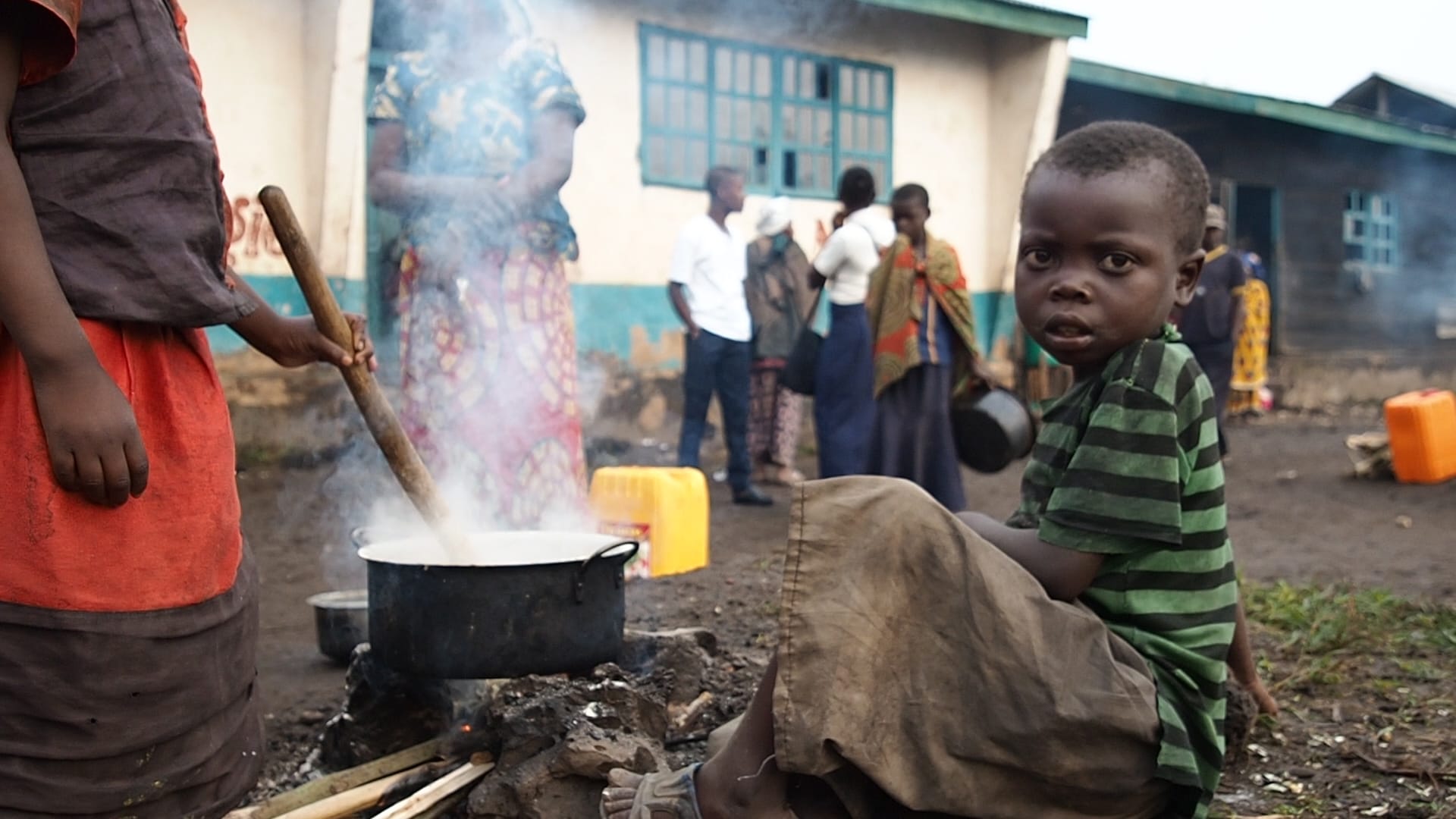
In 1995, I covered the Rwandan army’s attack on Iwawa Island in Lake Kivu, in Rwandan territorial waters. Ex-FAR soldiers and Interahamwe had occupied the island, entrenched themselves, and planned to infiltrate Rwanda from there. The fighting was fierce. I captured footage that went around the world: fleeing Interahamwe being shot at point-blank range with machine guns after refusing to surrender. The island was a slaughterhouse, with dead ex-FAR soldiers and bodies with cut throats scattered across it. Landmines littered the area. This was clear evidence that the Interahamwe and ex-FAR were trying to infiltrate Rwanda again, but their efforts were brutally crushed. At that time, Rwanda had little international support and was largely deserted. Later, President Mobutu ordered the return of Hutu refugees, surrounding camps with elements of the DSP (Division Speciale Presidentielle), and sending refugees across the border into Rwanda. That was the moment I saw the true face of the devil again. Some of their leaders explained how they intended to manipulate the situation: blending in with refugees, arming them, provoking the Rwandan army, and using refugees as shields to cause a bloodbath that Kagame’s forces could be blamed for—hoping to force negotiations overseen by the international community and regain political influence in Rwanda. The same tactics were used in the Kibeho camp in the south, discrediting the Rwandan army.
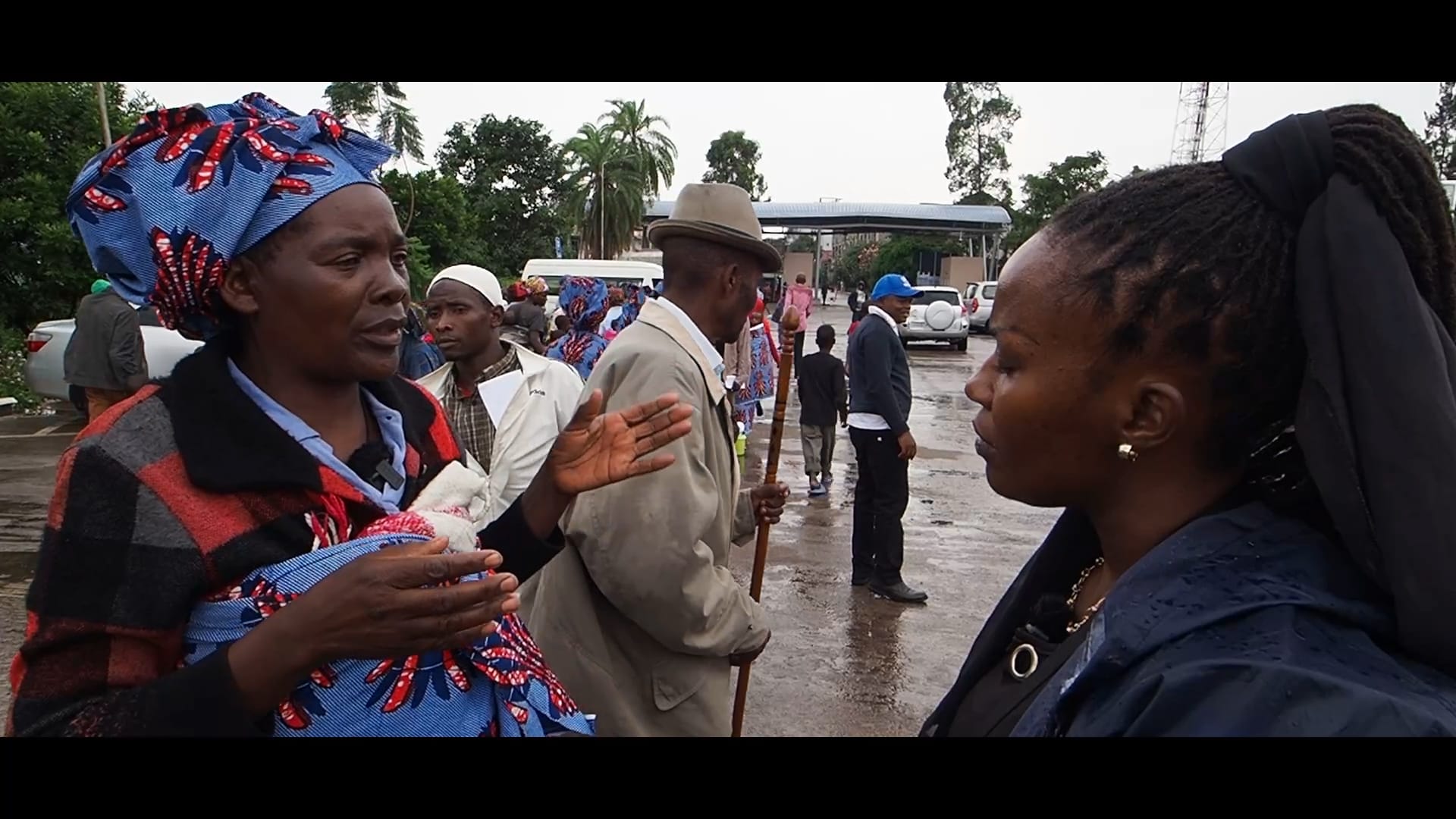
Later, they used similar strategies at Tingi Tingi, near Kisangani. The AFDL offensive that ousted Mobutu with Rwanda’s support had already allowed thousands of refugees to return to Rwanda. But Hutu extremists, now calling themselves FDLR, forced others to follow into the Congo’s interior. Tingi Tingi became a hideout, supported again by foreign aid organizations. Many refugees feared returning because they had participated in the genocide. Those trying to escape the FDLR were murdered. The Tingi Tingi story ended in a bloodbath, with the Rwandan army and AFDL not entirely innocent, but primarily responsible were the RDR and Interahamwe. The extremist Hutu lobby used this to propagate and politically score points, convincing the outside world that a ‘double genocide’ was happening. I spoke with extremists before the Tingi Tingi slaughter. One of them, Thomas Kabona - a journalist I will never forget—warned me this would happen. I wasn’t surprised and decided not to follow some colleagues in blaming only the Rwandan army.
The current FDLR
Laurent Kabila began regrouping the FDLR after falling out with James Kabarebe and Paul Kagame. He knew his own forces couldn’t stand against the better-equipped, trained, and disciplined Rwandan army. He needed motivated, experienced fighters. Hundreds of FDLR members left their hideouts in the Congolese jungle, while others returned from Congo-Brazzaville. For the FDLR, this was ideal: they received new uniforms, promised salaries, and Kabila flew them back to the Kivus (often with their families). Soon, the organization reestablished itself in the region, reorganizing as ‘bachengezi,’ a force of infiltrators aiming to destabilize Rwanda. They found support in small villages near the Congolese border, in the shadow of the Virunga volcanoes. They set ambushes on roads, often using villagers to block traffic with rocks and trees, killing all in passing vehicles. Traveling from Kigali to Gisenyi or Ruhengeri became nearly suicidal. At first, the RDF hesitated to fire on rebels hiding behind civilians, but dozens of victims fell. I witnessed horror scenes after a massacre of Congolese Tutsi refugees living inside the Protestant university of Mudende. Nearly 150 Bagogwe were killed that day. The horror and bloodiness of those scenes are hard to describe. FDLR rebels had cut babies into pieces, sliced off women’s breasts, opened pregnant women, castrated men, and laid landmines around the camp. The devil had shown his true face once again.
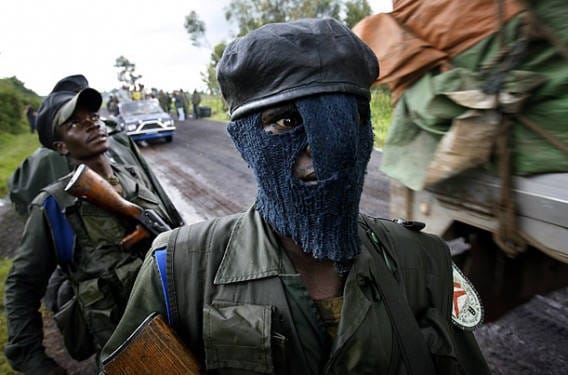
A few months later, the RDF regained control, but it was clear this wouldn’t go unpunished. They began funding a rebellion aimed at overthrowing Kabila, taking Kitona on the Congolese coast to attack Kinshasa, but were halted by Angolan fighter jets. I followed all these wars closely. After a few years’ absence, I returned to Rwanda, unable to adapt to Europe anymore. Since then, I’ve produced several reports in Congo’s Kivus. I had visited the region multiple times before, witnessing Makenga’s forces retreat from Goma. By then, the FDLR was back in Goma too. The M23 had accepted Kinshasa’s proposal to withdraw, in exchange for concessions and the full neutralization of the FDLR by UN blue helmets and the Congolese army. But I quickly realized this was a dead letter. The organization retreated into the Rutshuru plain and Masisi, which I visited several times. The more moderate FDLR-CNRD faction, led by Wilson Irategeka, was quite accessible in Masisi, where they had entrenched themselves around Bweru. They clashed with the more radical factions, Omega and CRAP, led by Sylvester Mudachumura. To soothe the outside world, the FARDC launched an offensive against Mudachumura’s rebels, but it failed spectacularly—mainly because the Congolese soldiers lacked motivation. Irategeka wanted to surrender to the Rwandans and grant his followers official refugee status to access UN support, but Mudachumura wanted to keep the Hutu refugees under his control. Neither proposal gained traction in Goma or Kigali. Later, Irategeka was persuaded by Eugene Serafuli, former governor of North Kivu and the de facto leader of the Nyatura Hutu militia, and Philemon Mateke, an adviser to Ugandan President Museveni, to supply Paul Rusesabagina’s FNL (‘Front de Liberation National’) with rebels in Burundi. At that time, Museveni was still at odds with Kagame, and the Rwandan border was closed. Mateke, a radical Ugandan Hutu, is related to Serafuli and maintains close ties with Burundi’s Hutu extremists now in power. The Irategeka rebels were transported via Tanzania—where they had support from authorities—to Burundi. Some of his followers headed through South Kivu to Burundi but got stuck near Kalehe, from where they crossed Lake Kivu to Nyamasheke. The RDF was aware of this maneuver, allowed them to land, and moved inland to neutralize them. Just before, they had also succeeded in stopping Rusesabagina’s rebels infiltrating from Burundi into the Nyungwe area. The FDLR-CNRD and Irategeka himself were also eliminated in South Kivu. Paul Rusesabagina—the ‘hero’ of Hotel Rwanda—took the wrong plane in Dubai.
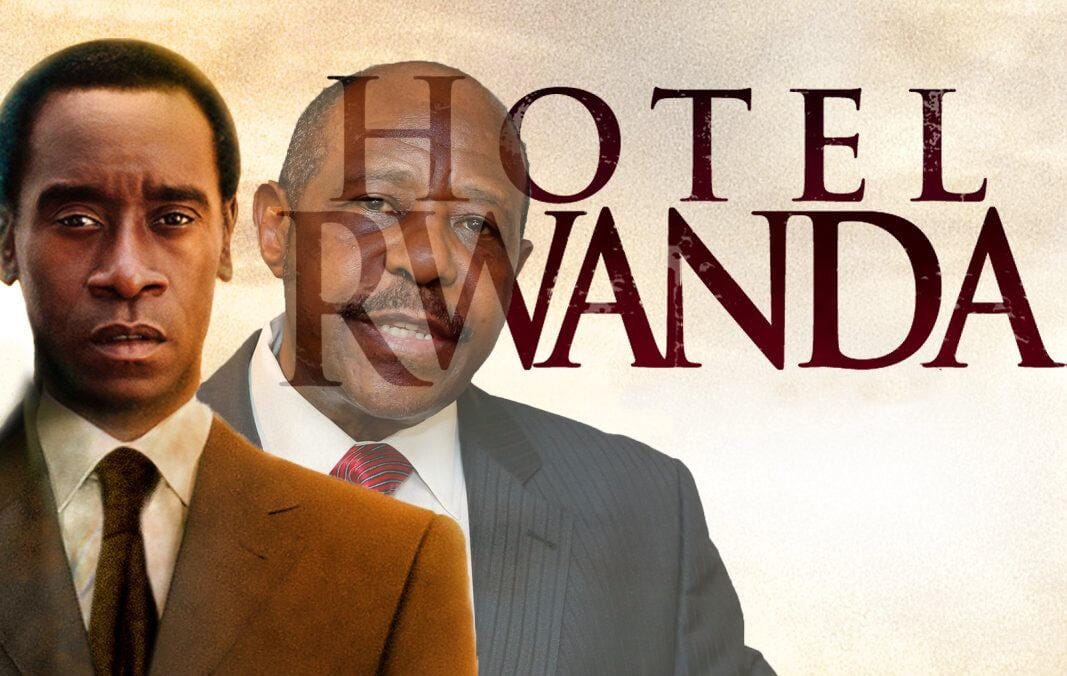
CRAP and Omega
CRAP and Omega were mainly active in the Rutshuru plain and along the Uganda border, down to Lake Edward. They were far more radical and dangerous than Irategeka’s outfit. I met Mudachumura twice in that zone. The FARDC had clearly reduced support for these extremists, who now earned enough money from their activities. During Kabila Jr.’s regime, the Rwandan army had tried a few times to fight the FDLR alongside the Congolese army, but those efforts failed because Congolese officers often leaked plans to Mudachumura & co., since they were their business partners. When Tshisekedi came to power, he initially tried to cozy up to Kagame, but that quickly ended. The M23 returned from Uganda, seeking negotiations. At that time, the FDLR was quite weak; many fighters were busy tending their fields in the zones they controlled and working with Congolese officers. The need for military defense had largely diminished, but that soon changed as the FARDC was battered by successive defeats from the M23. Tshisekedi had to find a way to cover his corruption and his mistakes in Kinshasa and the war in the east of the country provided a good pretext to defer the attention of the public.
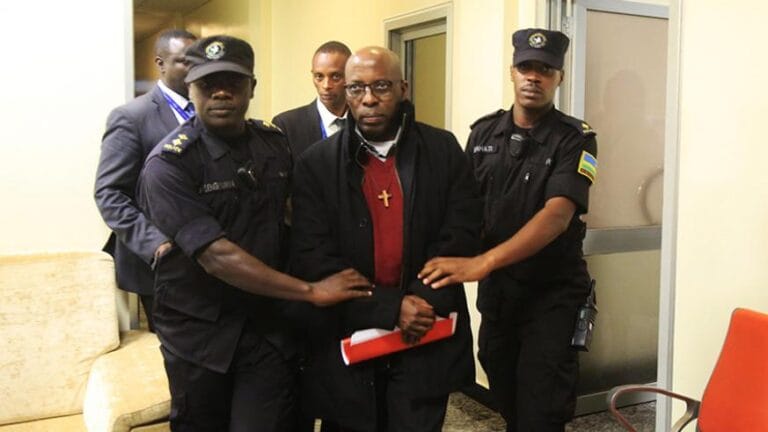
During that period, I received tips that Tshisekedi might want to provoke an open war with Rwanda by supporting the FDLR. There were even reports of grenades being fired at Kinigi, the center of gorilla tourism. This happened just ahead of the Commonwealth summit in Kigali. Around that time, we were researching on Wenceslas Twagirayezu's case, an Interahamwe leader responsible during the 1994 genocide for the murder of hundreds in Busasamana, Mudende, and Nyundo. Twagirayezu escaped to Denmark with his family, living a devout and peaceful life far from Rwanda. In terms of Hutu genocidaires, he was not a very big fish but big enough for the Danes to extradite him. My colleague Adeline Umutoni did fieldwork for those reports, handling the logistics for a Danish crew. She quickly found that most testimonies were fabricated, many witnesses were too scared to talk, and Wenceslas was supported by an influential Danish politician who had already visited Busasamana to buy testimonies from the accused’s sister. During our filming, we were also watched by a group of intimidating men. Adeline also learned that the code of silence (‘omerta’) regarding the past is still strictly observed locally. Rwandans call this ‘CECEKA’. After many failed attempts, some witnesses told us that the FDLR was active again in Rwanda, recruiting new fighters and trying to regain influence over the local population to support new infiltrations. This entire process of preparing his own trial was even coordinated by Wenceslas himself, who managed to intimidate Adeline via a ghost number and a prison phone call. Several witnesses confirmed this. Rwanda would not tolerate new infiltrations of the FDLR. Various military analysts and diplomats believed Tshisekedi aimed to provoke Kagame into an open war, which could lead to Rwanda being openly accused of aggression in Congo. Adeline did excellent work; the reason she's rightfully a co-author of this article. Wenceslas was deported back to Denmark and is currently imprisoned there. Last week, he was sentenced to twenty years without the possibility of early release.

Kigali’s security concerns
For Kigali, the security of Rwanda and the protection of its people and foreign tourists are crucial. Rwandan intelligence agencies were aware of Tshisekedi’s plans to provoke Rwanda. Through contacts in Goma’s banking sector, we also learned that the FDLR often sent money to Rwandan opponents in Belgium and France to keep the propaganda machine against Kigali running. In Congo, banking secrecy is a relative concept; through the right channels, much information can be uncovered. The propaganda machinery of the Hutu extremists also aligned with that of Patrick Muyaya in Kinshasa, using genocide deniers and manipulators like Charles Onana. Meanwhile, the Tutsi community in Congo faced increased harassment: extra lunch parties, large-scale cattle thefts, plundering’s, and more. No wonder the RDF spokesperson admits that Rwanda will do everything possible to keep the FDLR far from its borders, even to neutralize them.
Since the capture of Goma and Bukavu, the M23 has largely neutralized the FDLR threat. The extremists also collaborated closely with Burundian Imbonerakure militias and the Burgundian army to control the Rubaya coltan mines. President Neva’s government was promised a significant portion of the mine’s profits in exchange for delivering Burundian troops. The M23 also opposed this. Many FDLR fighters have fallen in recent months, but others have fled to zones still under FARDC control. Some escapees head toward South Kivu and Burundi, which is becoming a hub for Hutu extremists.
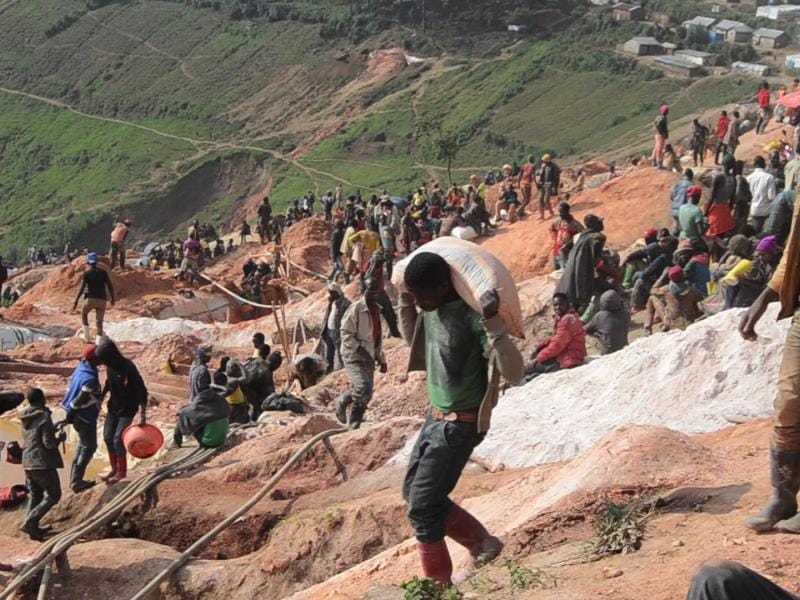
Conclusion
It was not my intention to bore you with a lengthy text. But the claim that the FDLR no longer pose a significant threat and that Kigali is misusing this argument to justify its activities in Congo is completely wrong. I hope this explanation convinces you otherwise. The FDLR has shown great resilience and adaptability in the past. Even after losing hundreds of fighters in recent months, they can reorganize, with support from Burundi and Tshisekedi. The organization can also be scaled down and used covertly to destabilize Rwanda and potentially trigger a larger regional conflict. I also did not see Tshisekedi travel to Washington when he was auctioning off the Rubaya resources in Bujumbura. While they have lost income from their farming, mineral trade, and toll systems on main roads, this is now more than compensated by money coming from Kinshasa. Tourism and foreign investments are very important for Rwanda. Terrorist acts or muchengesi activities might jeopardize all this. The FDLR is a tool in the hands of a bigger Hutu lobby that is hiding itself behind a big smile, infiltrated political parties in Europe, makes alliances with other Africans who are also active in politics in Europe, etc. It is also important to know that this lobby will never be allowed political leverage in Rwanda itself. They might have succeeded to convince foreign journalist and politicians of their ‘godfearing’ and friendly intentions but here in Rwanda people will always know where they come from and what their goal is. Those unfamiliar with the history of this group will find it hard to judge them now. I often shook hands with their leaders to gather information—sometimes feeling like I was shaking hands with the devil himself. If the activities of these extremists are not made impossible, the war in Congo will continue. Both the M23 and Rwanda now realize they will have to do this themselves, because promises have been made many times but never kept. Donald Trump will not be an exception on that rule.
Adeline Umutoni & Marc Hoogsteyns
